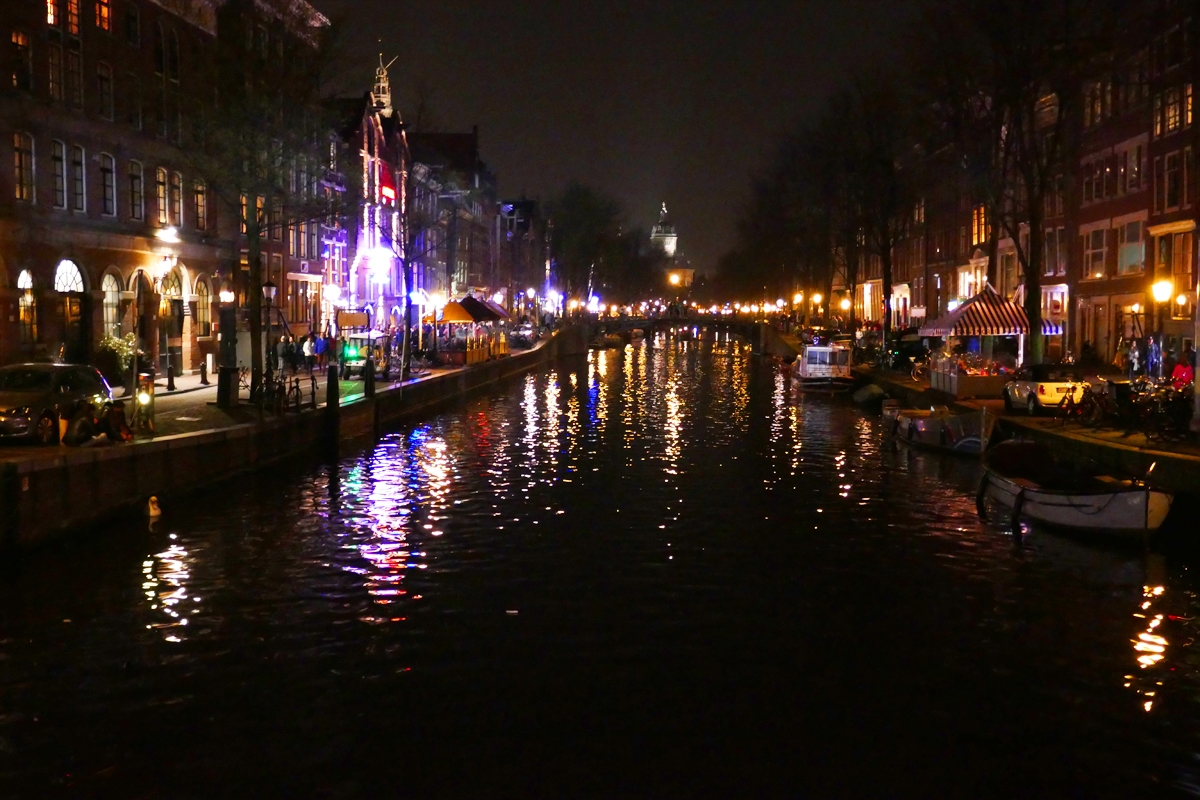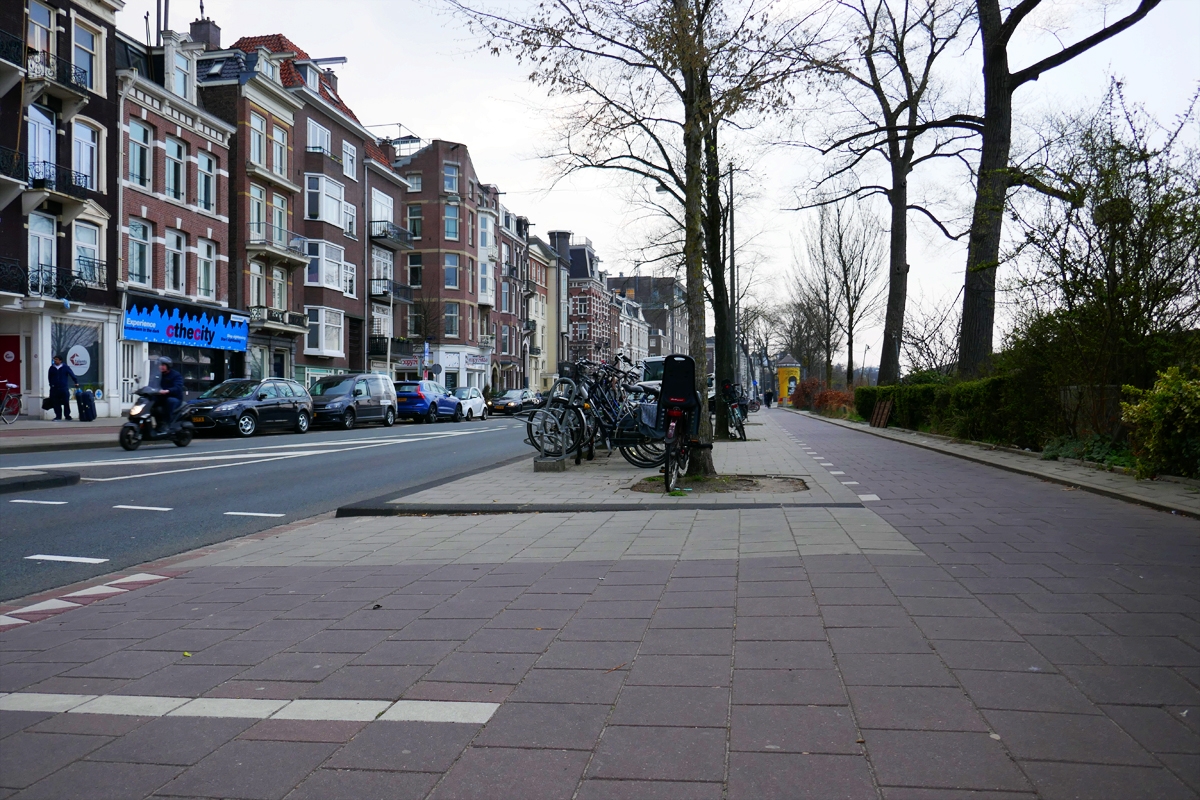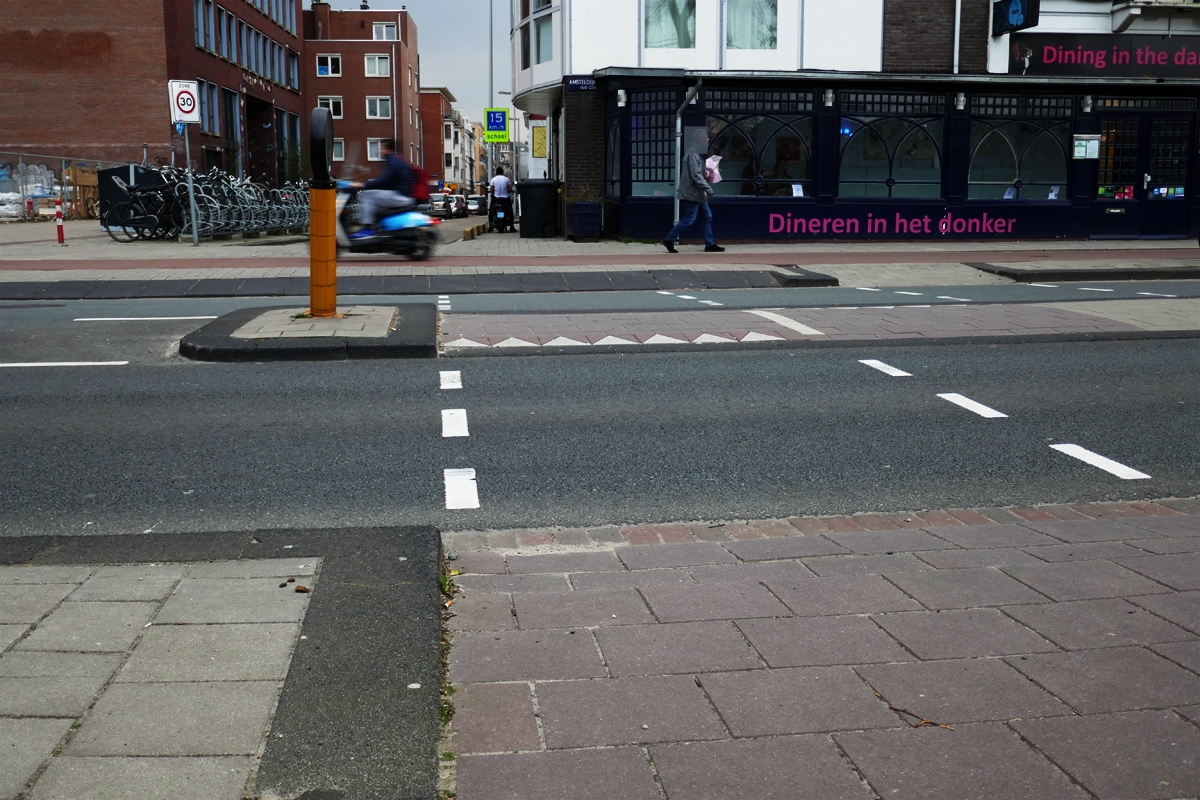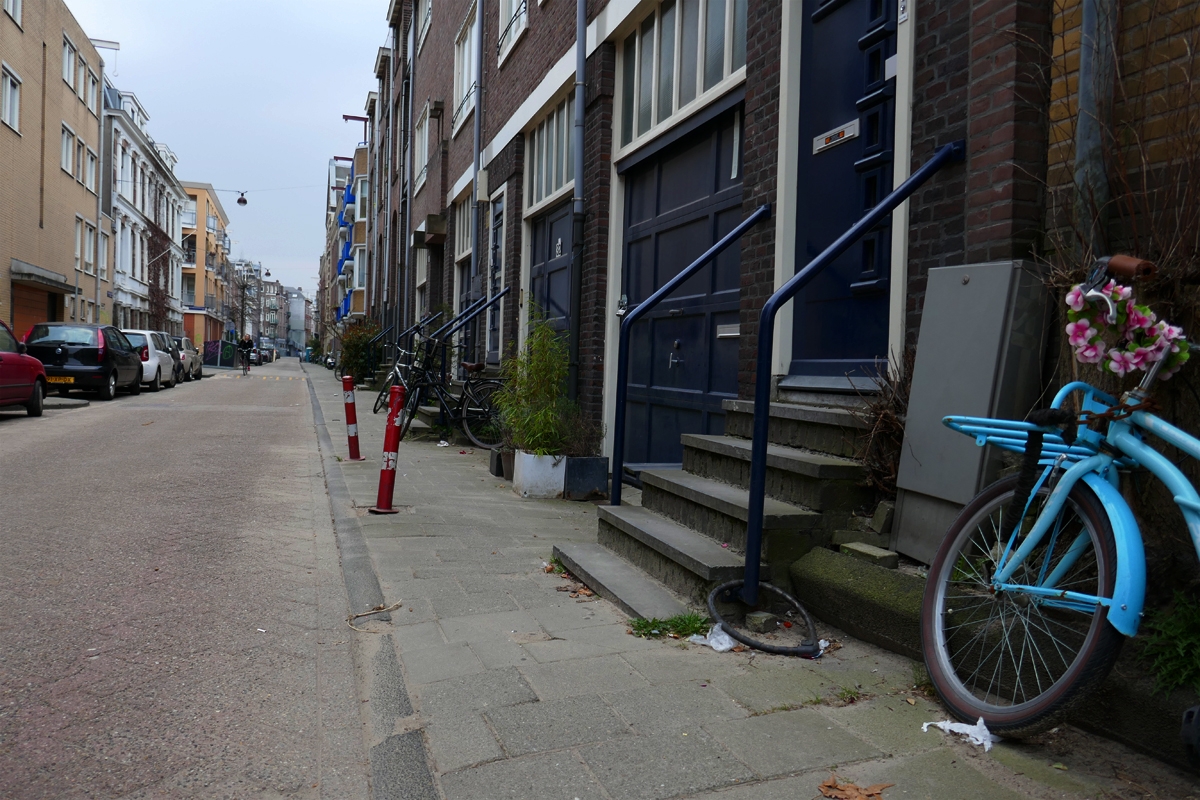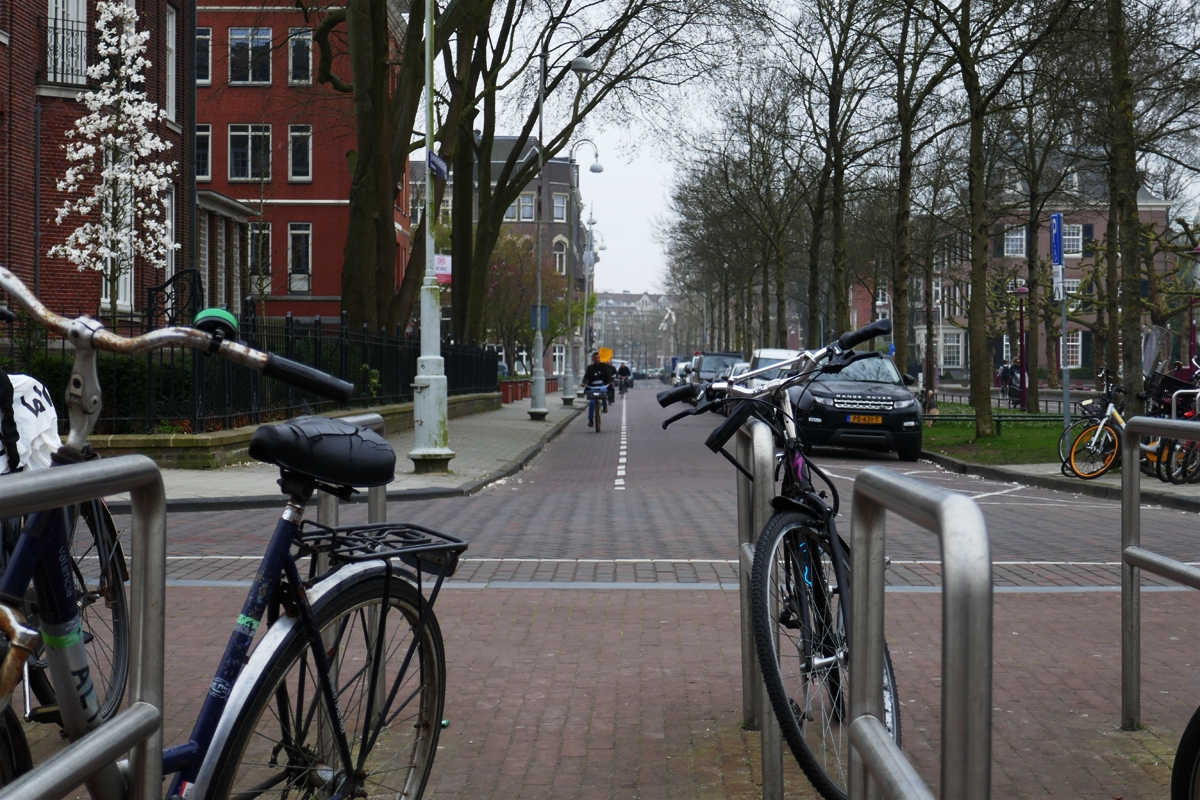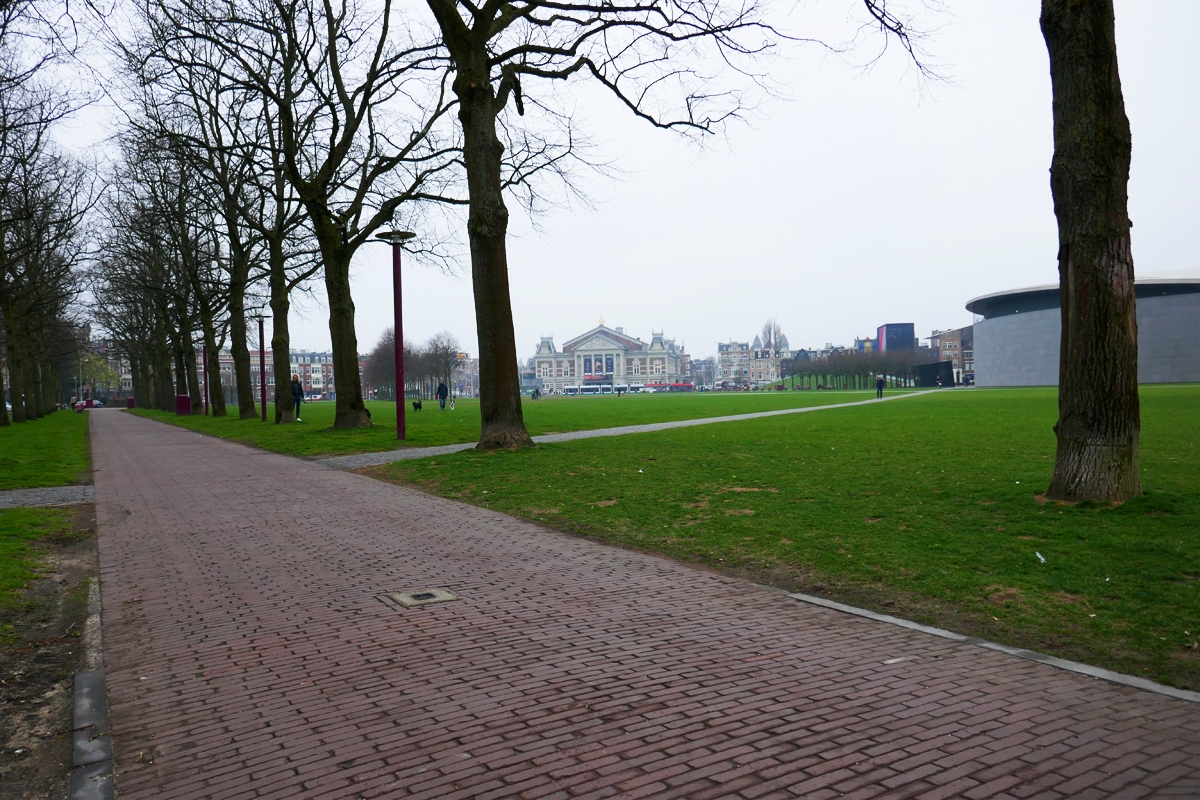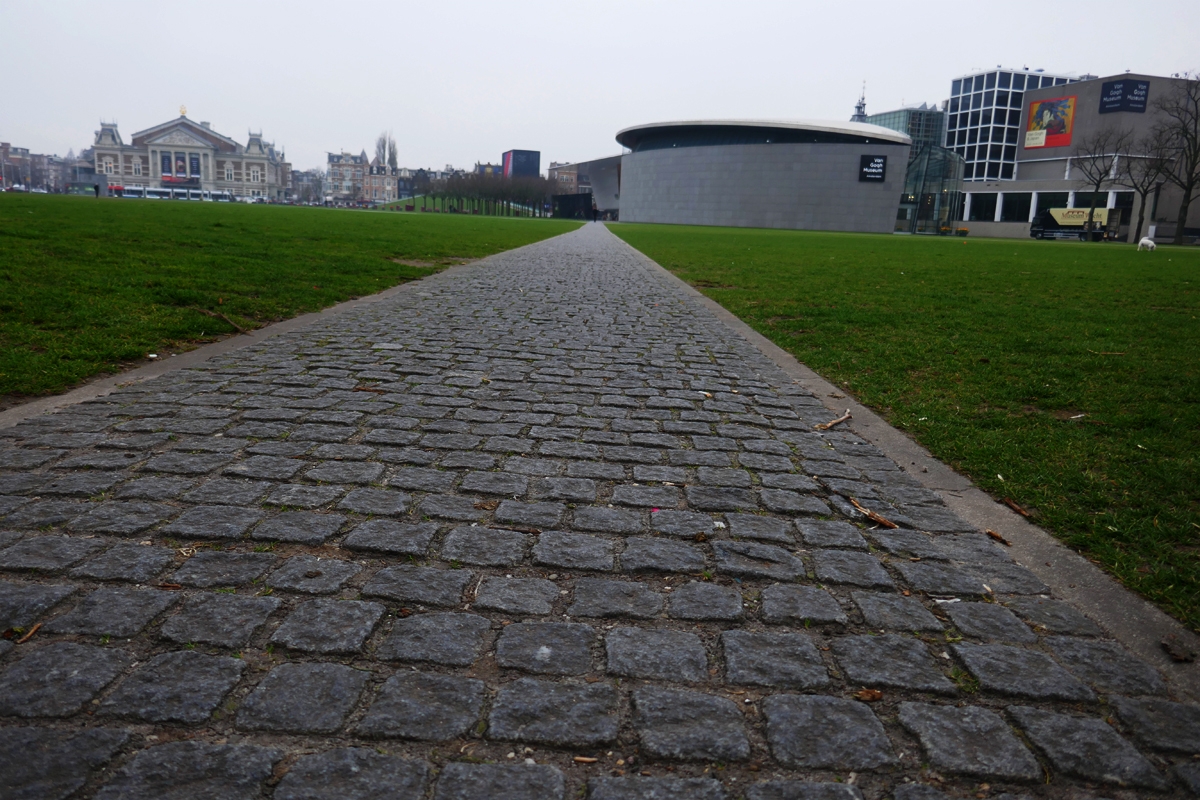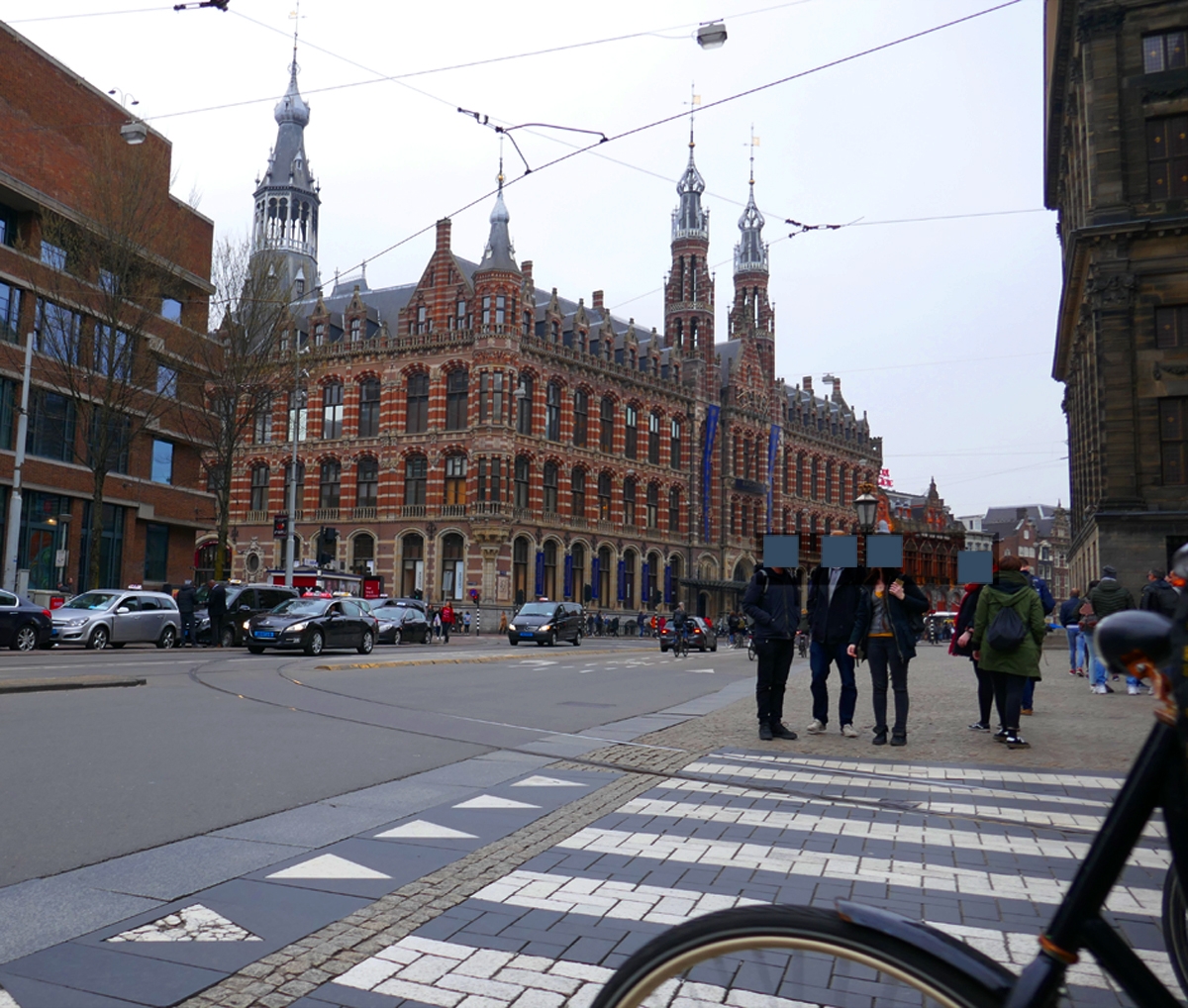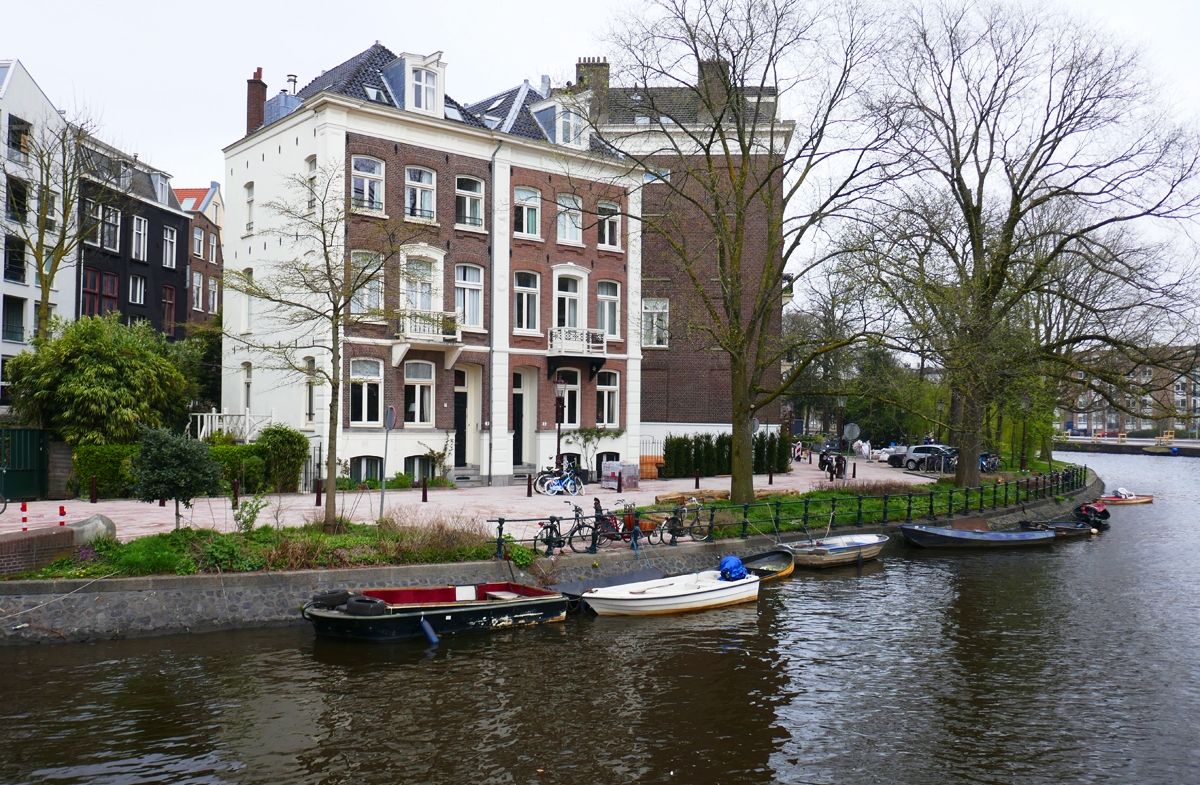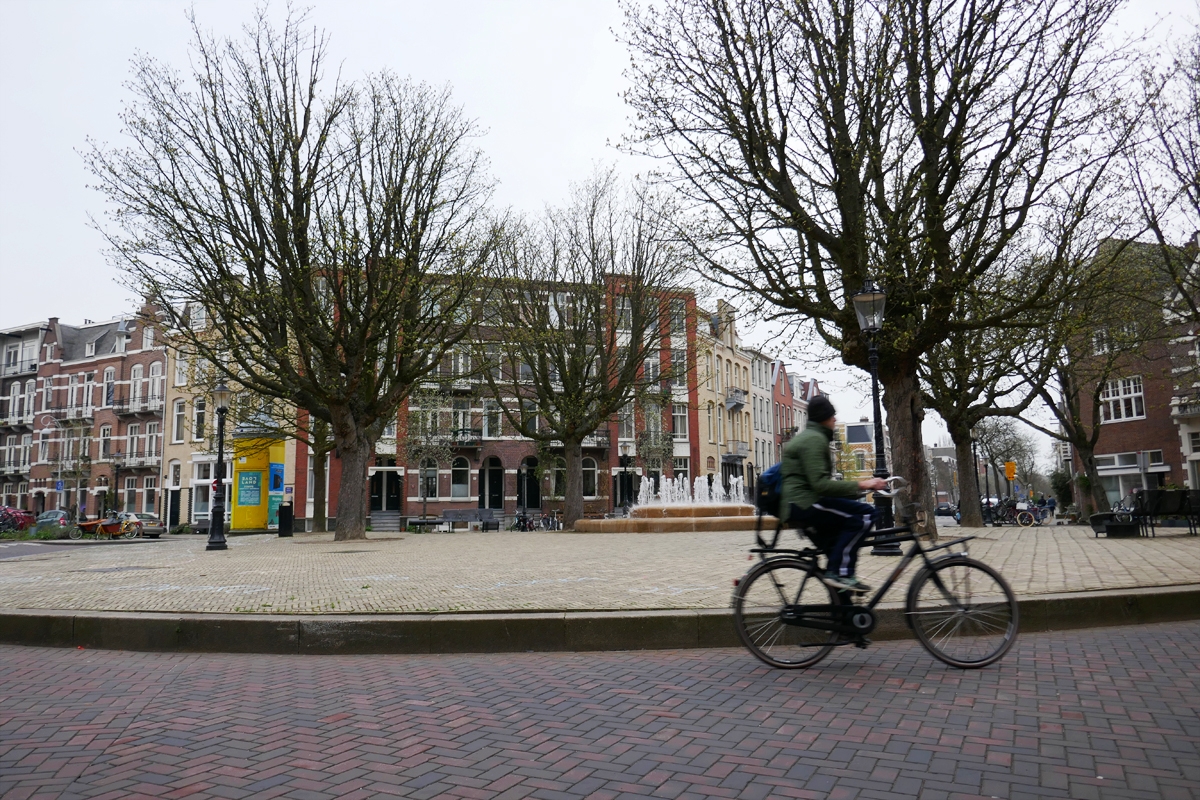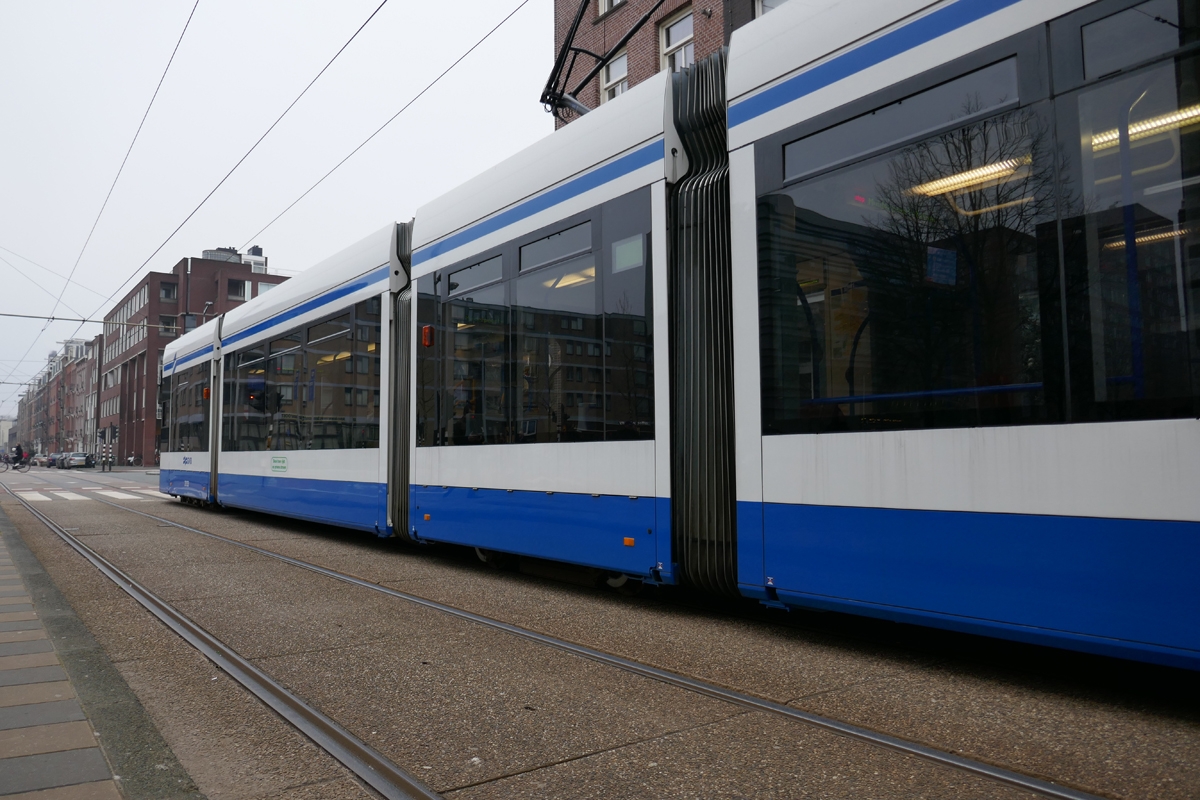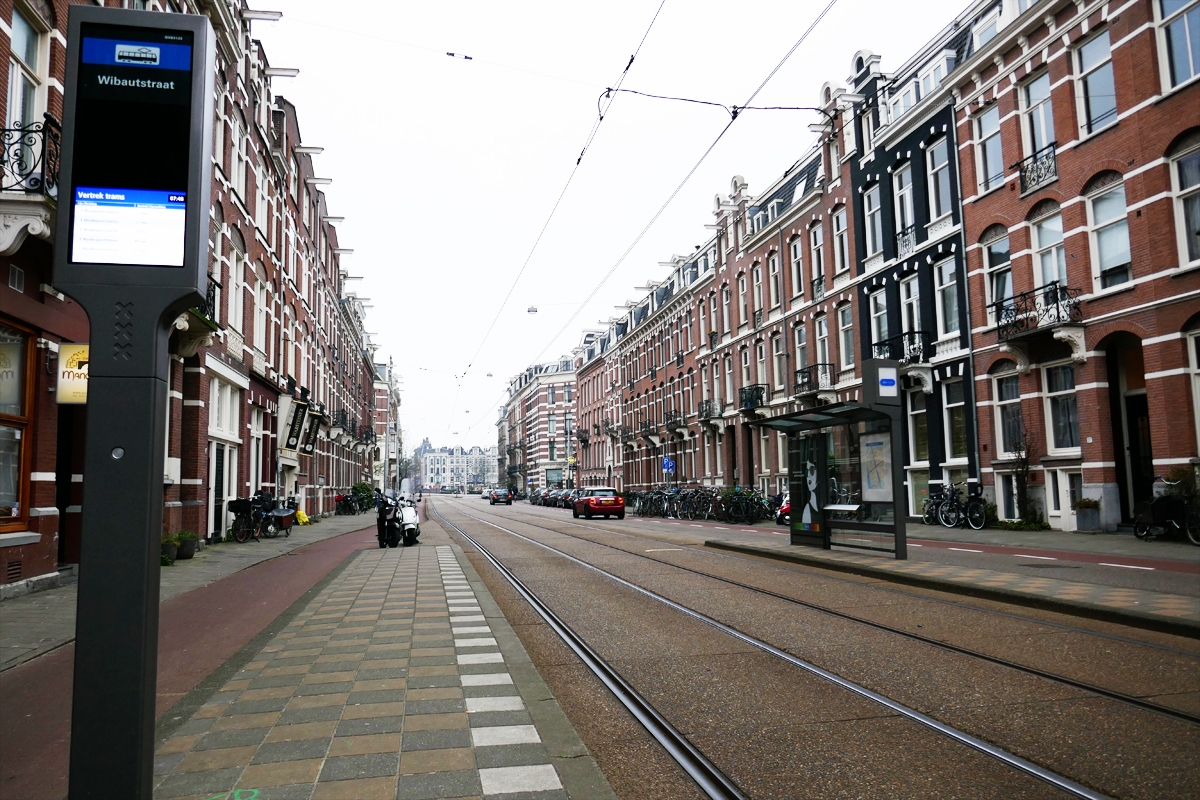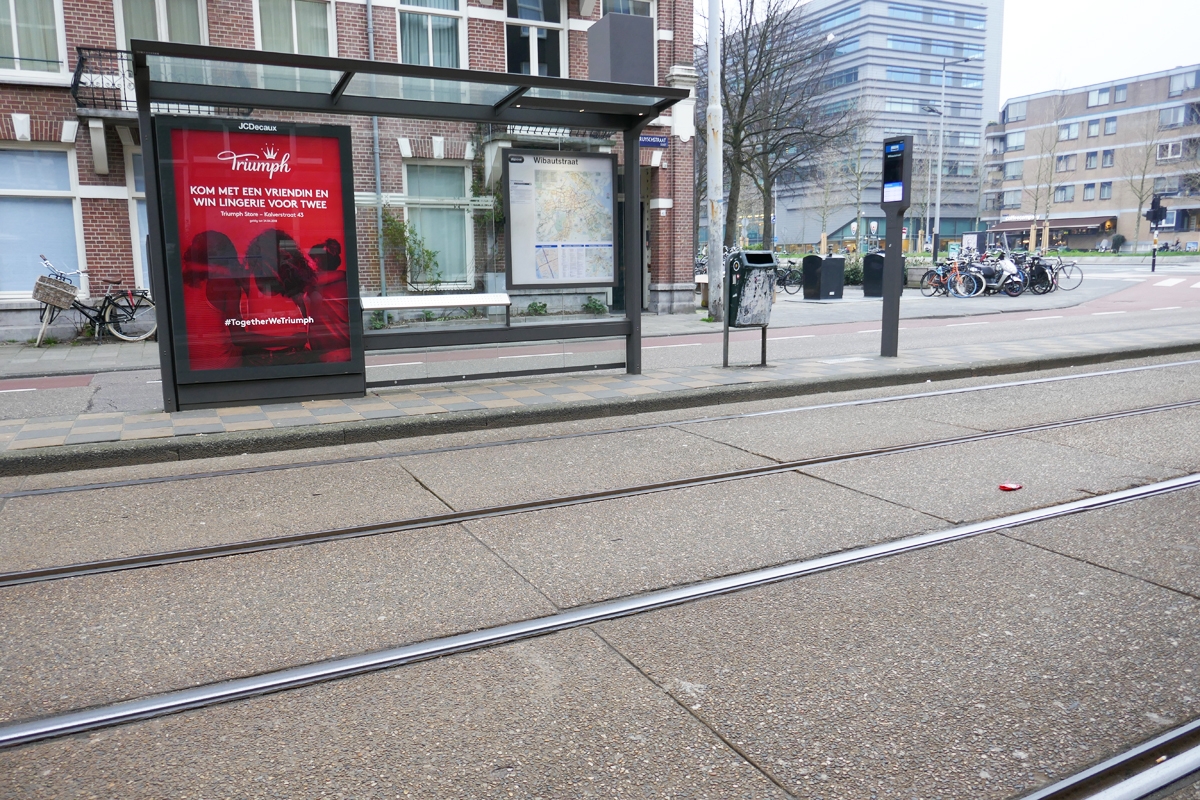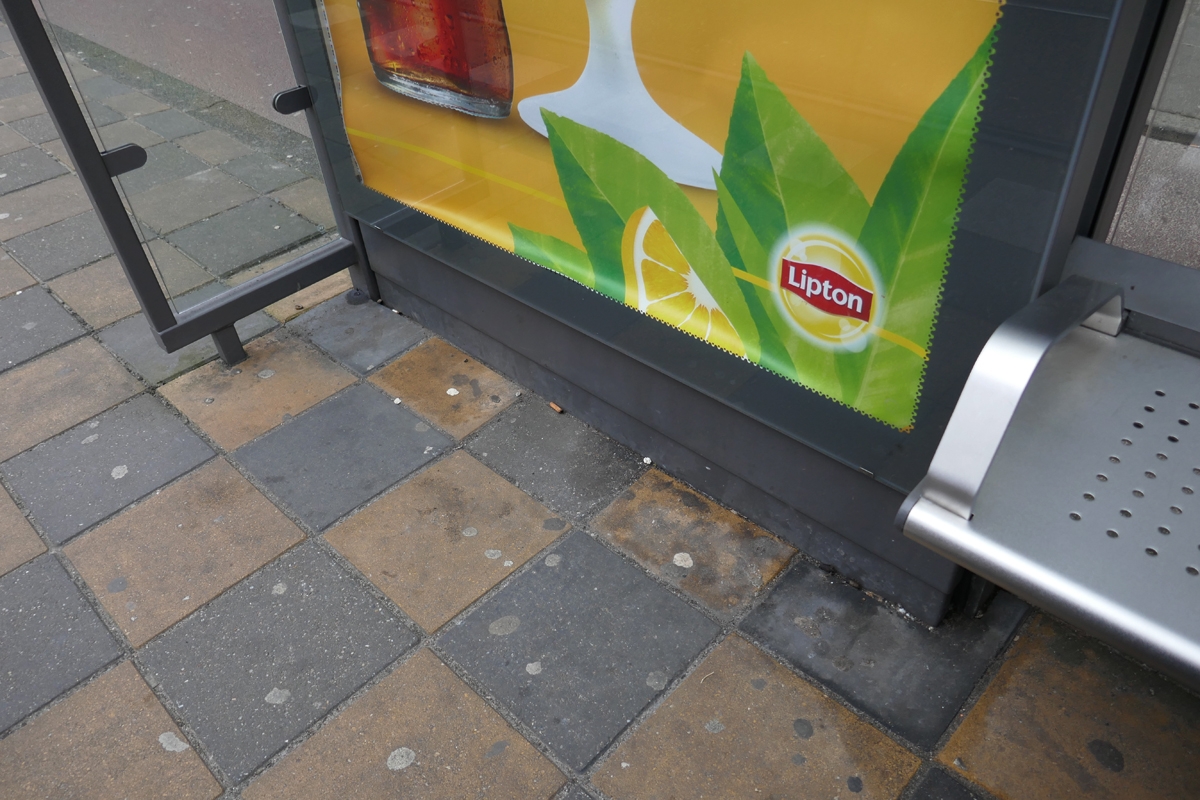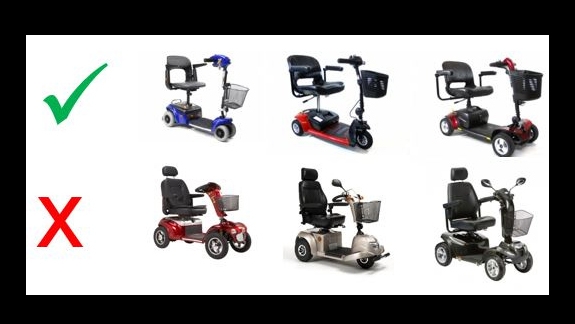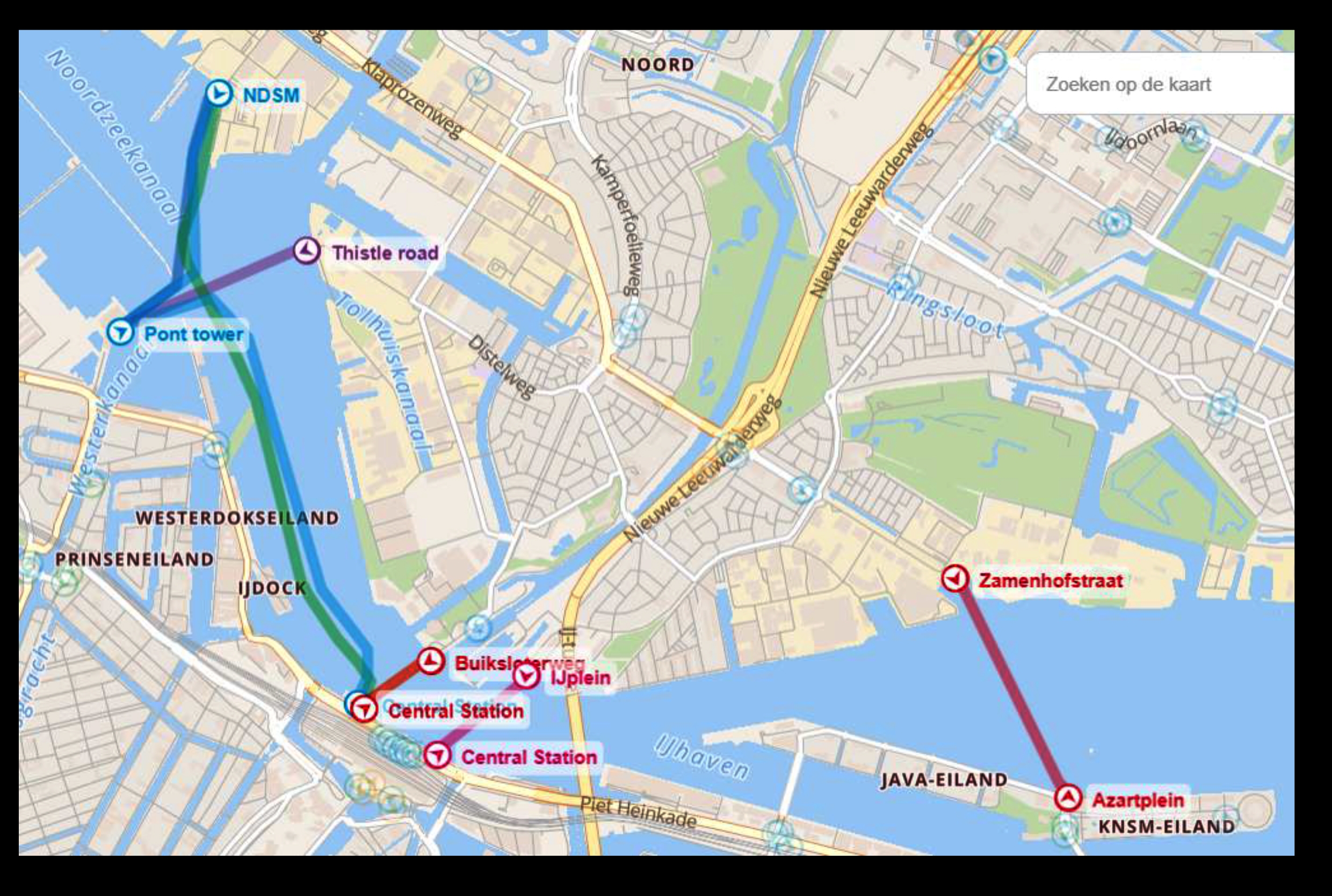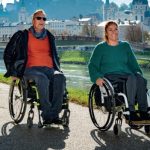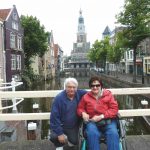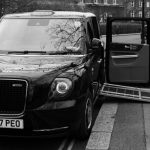In Amsterdam, the public transportation system is increasingly wheelchair-friendly. The GVB (Amsterdam’s public transport company) provides detailed information on accessible routes and services. GVB offers special travel cards for people with disabilities, providing discounts and easy access to transportation. Nonetheless, there are some travel details and barriers to be aware of:
Trams and Buses
- Many trams and buses have low floors and ramps for easy access.
- Typically, each tram and bus can accommodate one to two wheelchairs.
- Buses in Amsterdam have ramps and spaces for wheelchairs. However, not all drivers are knowledgeable or willing to operate the ramp controls.
- Buses run frequently, especially in central areas, which can be helpful if you miss a bus due to it being too full.
- Some tram stops have raised platforms to make boarding easier for wheelchair users.
- For manual wheelchair users, exiting the tram carriage backwards so that the large back wheels cover the gap, or wheeling frontwards after popping a wheelie, can help manage the gaps.
Metro Subway Train
- The metro stations are equipped with elevators, and the trains have designated spaces for wheelchair users.
- Each metro train can generally accommodate two wheelchairs.
- The Amsterdam Central train station has wheelchair-accessible bathrooms, though not all metro stations do. Cleaner facilities are often found at museums or other attractions.
- Booking train trips in advance (at least one hour) is recommended to ensure proper boarding assistance.
Limitations
- The biggest barrier for both the tram and metro subway is the gap between the carriages and platforms. These gaps can range from two to six inches, and there is no consistency in their size. Assistance may be needed to board or depart due to the gaps, and this service may not always be available or reliable.
- Not all stops and stations are fully adapted for wheelchair users. Older trams still in operation have high steps and limited accessibility features.
- Tram stations are often on island platforms with limited maneuvering space, which requires careful navigation to avoid falling off the edge.
- During peak hours, public transport can be crowded, making it harder for wheelchair users to find space and board comfortably. For example, full buses can make it difficult to board with a wheelchair, especially a power wheelchair. In these cases, waiting for another bus might be necessary.
Ferries
- Each ferry can accommodate multiple wheelchairs, usually around four to six.
- Access on and off the bottom level of ferries around Amsterdam is possible by a large ramp used by all to board. Ferries across the IJ River are free for everyone.
- Smaller tour ferries on the historic canals, like those from the Blue Boat Company, have accessible lifts available for wheelchair users. Other canal cruise operators, like Stromma, also offer accessible tours.
Taxis
- Wheelchair taxis can be booked in advance. Companies like Taxicentrale Amsterdam (TCA), STAXI, Taxi Brouwer, and Sadler’s offer these services. These taxis can accommodate one to three wheelchair travelers, and all require at least twenty-four hours’ notice.
- Ride-sharing apps like Uber also operate in Amsterdam and may provide options for accessible rides.
Adatped Bikes
If you are looking to rent a bike while in Amsterdam, Star Bikes, and Accessible Netherlands are companies that offer adapted and modified bicycles so they are accessible for all.
Barriers to Wheeling Around
Cobblestones and Uneven Surfaces
Many streets, especially in the city center and older neighborhoods, are paved with cobblestones, making them difficult to navigate in a wheelchair due to their varying in size and choppiness. Narrow sidewalks and frequent curb cuts require careful navigation to avoid obstacles. In the city center (Centrum), some sidewalks are smoother than others, and switching sides of the street can make a huge difference in surface quality. Manual wheelchairs might find uneven surfaces challenging and might avoid some sidewalks and crosswalks. Pathways through parks near attractions like the Van Gogh Museum are cobblestone, which manual wheelchairs might want to avoid. Vondelpark is more wheelchair friendly. Finally, Amsterdam’s weather can be unpredictable. Rain can make cobblestones slippery, so it’s good to be prepared with appropriate rain gear.
Canal Bridges
Bridges crossing Amsterdam’s canals often have steep inclines and steps, making them inaccessible for wheelchair users. There are accessible routes around these barriers, but they may require extra planning and longer travel times. For power wheelchairs, going down backward is the best way to control core balance on steep inclines. Manual wheelchair users might need to wheelie down forwards with controlled balance and muscle use.
Bikes
Bikes are the primary form of transportation in Amsterdam, and cyclists ride fast. Traveling in the bike lane can provide the smoothest routes, but it requires building up momentum (or having power assitance) and paying attention to oncoming bikes.
Public Restrooms
Accessible public restrooms are available throughout the city, but it’s advisable to plan your stops as not all restrooms are accessible. The Hoge Sluis bridge restroom near the Amstel is one notable accessible facility.
Additional Tips
Accessible Tourism Information
The Amsterdam Tourist Office provides information on accessible attractions and can assist with planning accessible routes.
Accessible Parking
If you’re driving, there are designated accessible parking spots throughout the city, though availability can be limited in busy areas.

